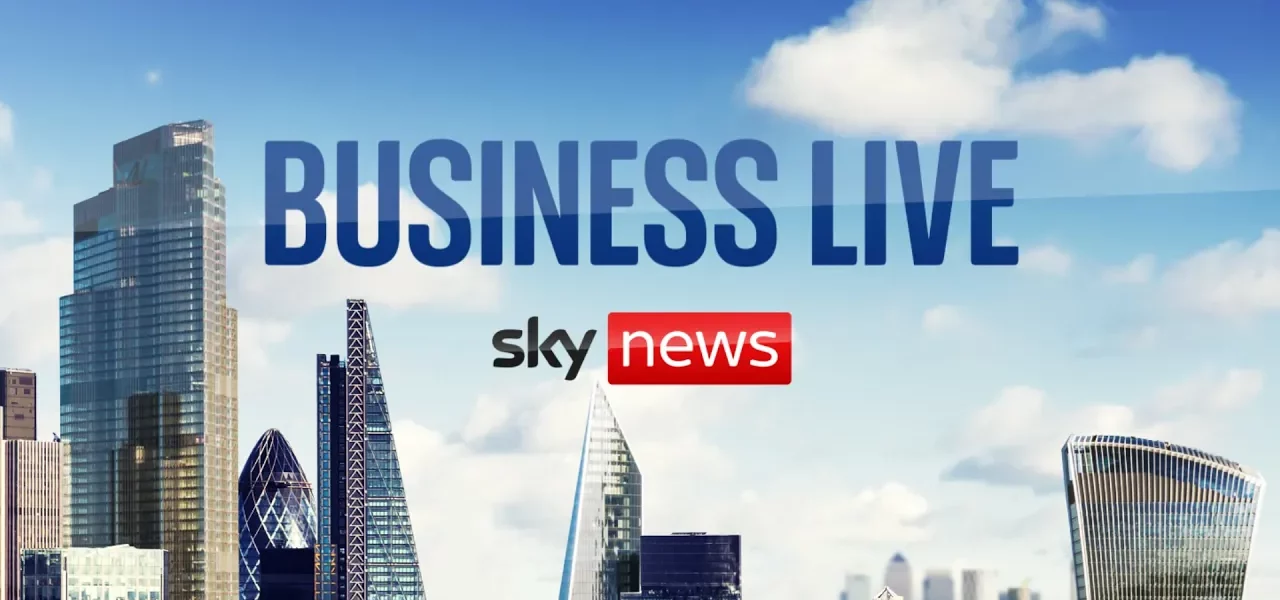Economic Impact of Catastrophes on Businesses and Insurers

This article explores the devastating economic effects of natural disasters on businesses and the insurance industry, alongside the evolving landscape of workers’ rights in the wake of new labor reforms. Join us as we delve into risk modeling, the insurance gap, and the implications of climate change.
Introduction
The increasing frequency of catastrophic events, such as hurricanes and floods, poses significant challenges for businesses and the insurance sector. With numerous lives lost, the immediate human and emotional costs are apparent, but the economic repercussions are more complex. This article aims to provide a comprehensive understanding of the economic costs associated with such disasters, the role of insurers in mitigating these impacts, and the broader implications of climate change on risk management strategies.
Economic Costs of Catastrophic Events
Natural disasters result in profound economic effects that can ripple through local and national economies. The insurance industry plays a crucial role in assessing and compensating for these damages. Here, we will explore the methods and models used by insurers to estimate potential economic impacts.
Risk Modeling and Catastrophe Modeling
Insurers utilize sophisticated risk modeling and catastrophe modeling techniques to predict economic losses from disasters. These models take into account various factors including:
- Wind speeds
- Geographical location
- Historical data on similar events
- Infrastructure vulnerability
By analyzing these factors, insurers can provide informed estimates regarding the potential economic impact of an impending disaster.
Short-term vs. Long-term Economic Impact
In the immediate aftermath of a catastrophe, the economic impact is overwhelmingly negative. However, some economists argue that rebuilding efforts can lead to a boost in economic activity in the medium to long term. This paradox highlights the complexity of measuring economic impacts:
- Short-term devastation and loss of productivity.
- Potential increases in federal spending for reconstruction.
- Long-term growth fueled by infrastructure investments.
Thus, while the short-term effects are dire, the long-term outlook can sometimes be more optimistic.
The Role of Insurers in a Changing Climate
As climate change continues to exacerbate the frequency and severity of catastrophic events, the insurance industry must adapt its approaches to risk management and coverage. This section examines the evolving landscape of insurance in relation to climate change.
Increased Frequency of Catastrophic Events
Climate models indicate that the frequency and severity of hurricanes and floods are likely to increase, posing challenges for insurers in terms of risk assessment and coverage options. Insurers are faced with:
- Rising claims due to increased natural disasters.
- Potential withdrawal of coverage in high-risk areas.
- Pressure to develop innovative insurance products to meet new demands.
The Insurance Gap
A significant concern in the aftermath of disasters is the insurance gap, particularly among vulnerable populations. Often, those most affected lack adequate coverage:
- Affluent individuals typically have better access to insurance.
- Poorer communities often suffer from underinsurance.
- Efforts are needed to bridge this insurance gap.
Addressing this disparity is critical for ensuring that all individuals have access to the necessary protection against catastrophic events.
Workers’ Rights and Labor Reforms
In addition to the economic impacts of disasters, significant shifts in labor policies are occurring. Recent reforms aim to enhance workers’ rights, impacting various sectors, particularly those most affected by economic changes.
New Labor Protections
Recent legislative changes are set to provide workers with enhanced rights, including:
- Protection from unfair dismissal from day one.
- Rights to statutory sick pay and paternity leave.
- Consultation on probation periods and zero-hour contracts.
These changes aim to create a more equitable workplace, although they may also pose challenges for businesses in terms of increased operational costs.
The Impact on Businesses
While these labor reforms are beneficial for workers, they can also lead to tensions with businesses concerned about the potential costs:
- Increased costs associated with statutory sick pay.
- Challenges in adapting to stricter employment regulations.
- Need for businesses to balance employee rights with economic sustainability.
Finding a balance between protecting workers and supporting business growth will be essential in the coming years.
Conclusion
The economic impact of catastrophic events is multi-faceted, influencing not only the insurance industry but also the broader economy. As climate change intensifies, the insurance community must develop innovative solutions to mitigate risks while addressing the insurance gap. Furthermore, recent labor reforms highlight the importance of worker protection in an evolving economic landscape. Stakeholders must collaborate to ensure that both businesses and workers can thrive in the face of adversity. For more information on how you can protect yourself and your business, visit our related articles on insurance and labor laws.
“`




